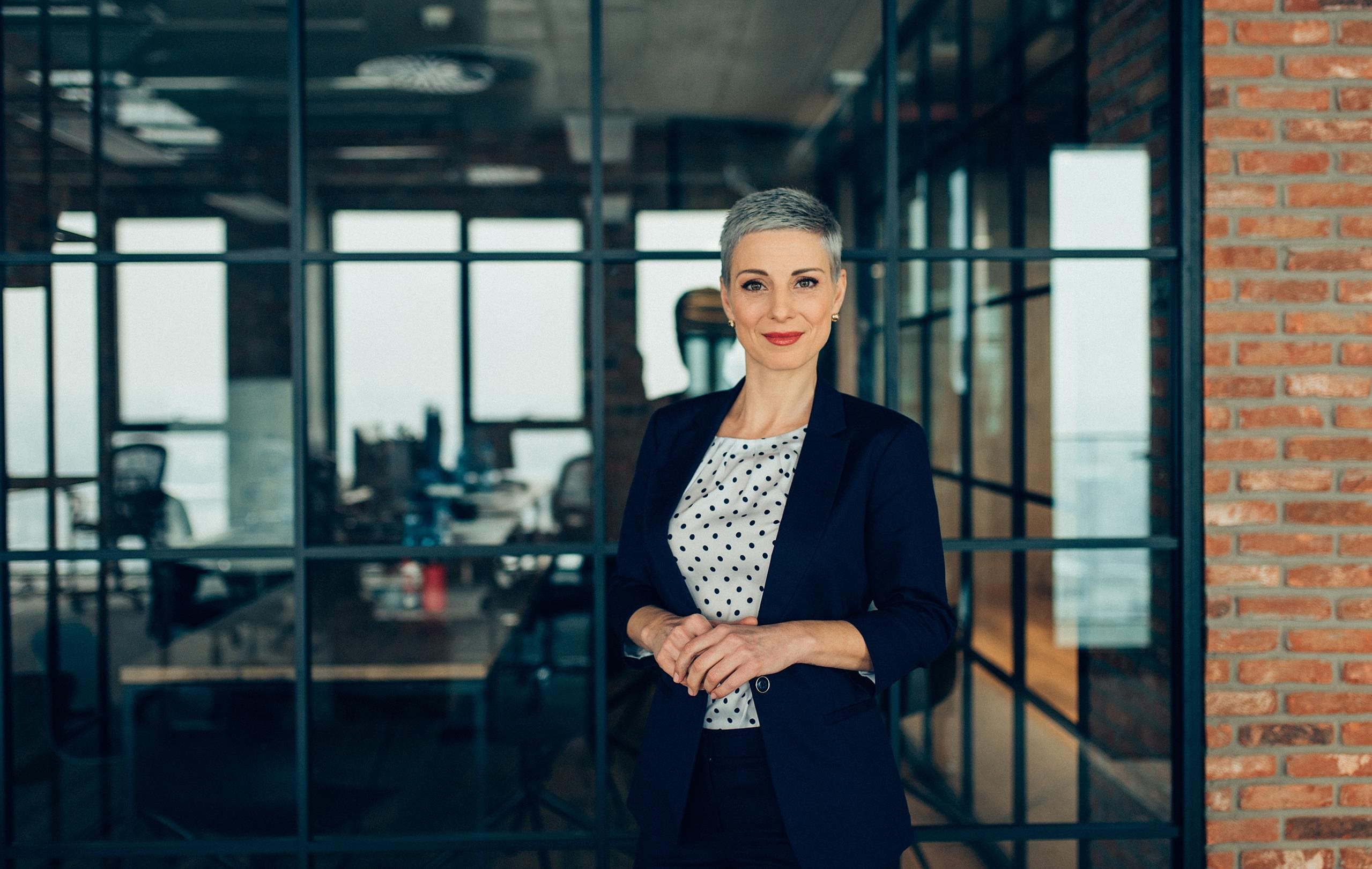
Myth 1: We're all living too long, which is why the money no longer suffices
Of course, it makes a difference whether the capital saved has to last for 10 or 20 years of life after retirement. But the second pillar's biggest problem currently lies elsewhere: For years now, the interest rate promises of the past no longer reflect reality. For example, a conversion rate of 6% is based on a guaranteed minimum interest rate of approximately 3.5%. If this return is not achieved every year, a redistribution from the active insured will take place, i.e. from those currently in employment, to pensioners . In fact, this has been going on for years.
The second problem arises from the fact that many SMEs pay little or no attention to the investment side in occupational retirement provision. Considerable additional returns can be generated with an investment strategy suitable for the company. This is how to ensure that the active insured do not miss out on any investment returns. It is not without reason that the interest effect is often referred to as the "third contributor." It is therefore crucial that the business owner chooses the BVG solution based on an investment strategy suitable for their company.
The situation is made more difficult by the fact that responsible companies with above-average occupational retirement provision often co-finance companies that only have benefits insured according to the BVG minimum.
Myth 2: In any case, no return can be achieved with today's low interest rates
Given the regulatory conditions and the high guarantees with conversion rate and minimum interest rate in the BVG, it is indeed very difficult for pension plans to achieve an attractive return. This is because it is always tied to certain risk, which a pension fund can only take if it has an attractive ratio of actively insured to retired persons.
At the moment, the actively insured are actually involuntarily deprived of money three times:
- Investment restrictions and insufficient consideration of risk capacity reduce performance and thus future pension fund capital.
- In addition, at least half of the investment income from pension fund assets is redistributed, with the remainder flowing into the reserves or being used for retirement losses. It is said that several billion Swiss francs flow off every year as a result of redistribution.
- And because income is not continuously credited, capital grows less strongly and generates lower future returns.
If the funds were invested skillfully and the potential of one's saved francs could be exploited, it would still be possible to generate returns in occupational retirement provision. It would also be desirable for pensioners to have the opportunity to benefit from the investment performances that their savings balance achieves after retirement. This can be achieved, for example, with a guaranteed basic pension, plus bonus payments from the investment return during retirement.
This means that no returns are taken away from the active insured and pensioners don't have to give up their return potential from the time when their capital is largest, but can still benefit from the performance of their retirement savings capital.


